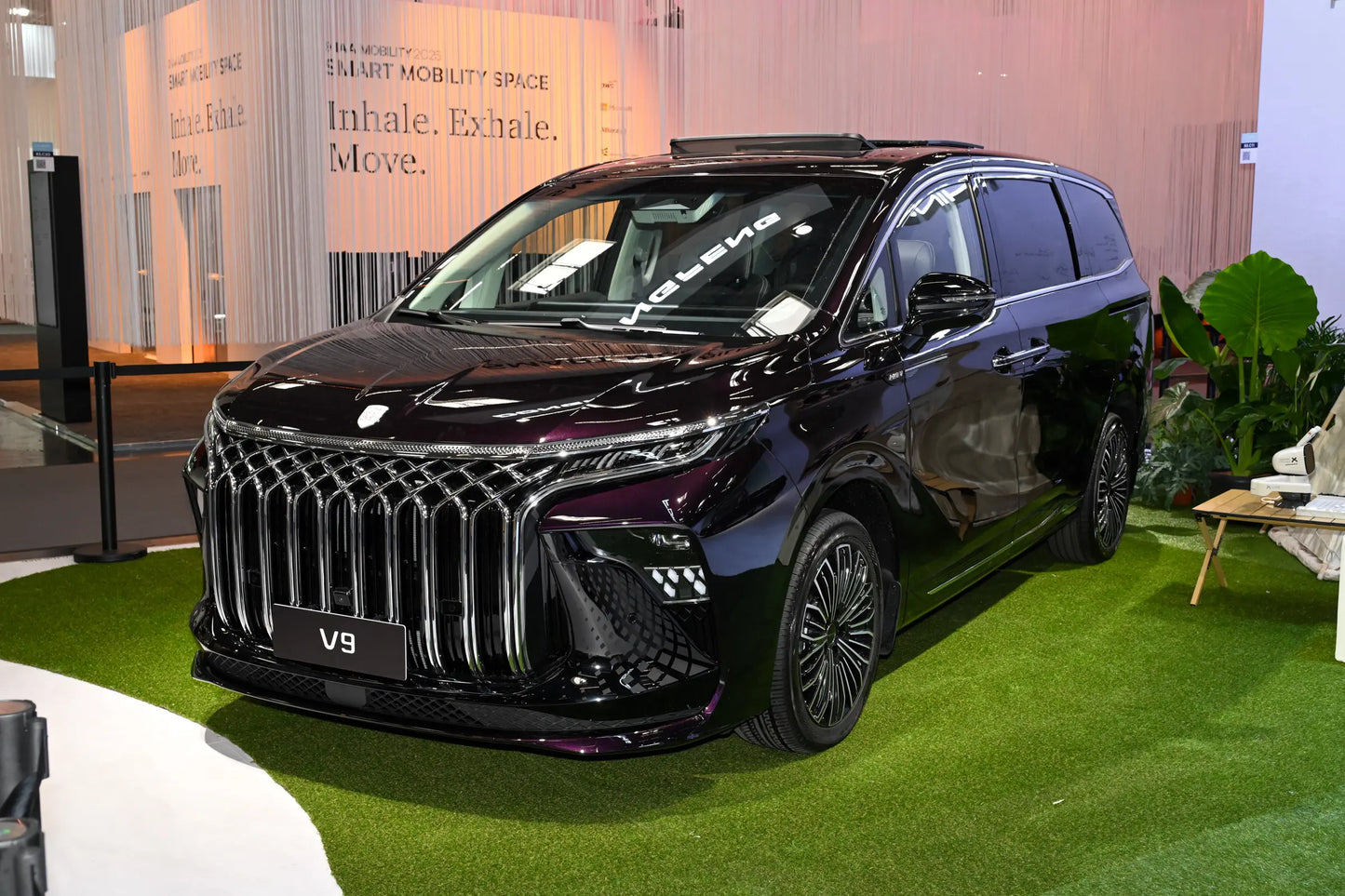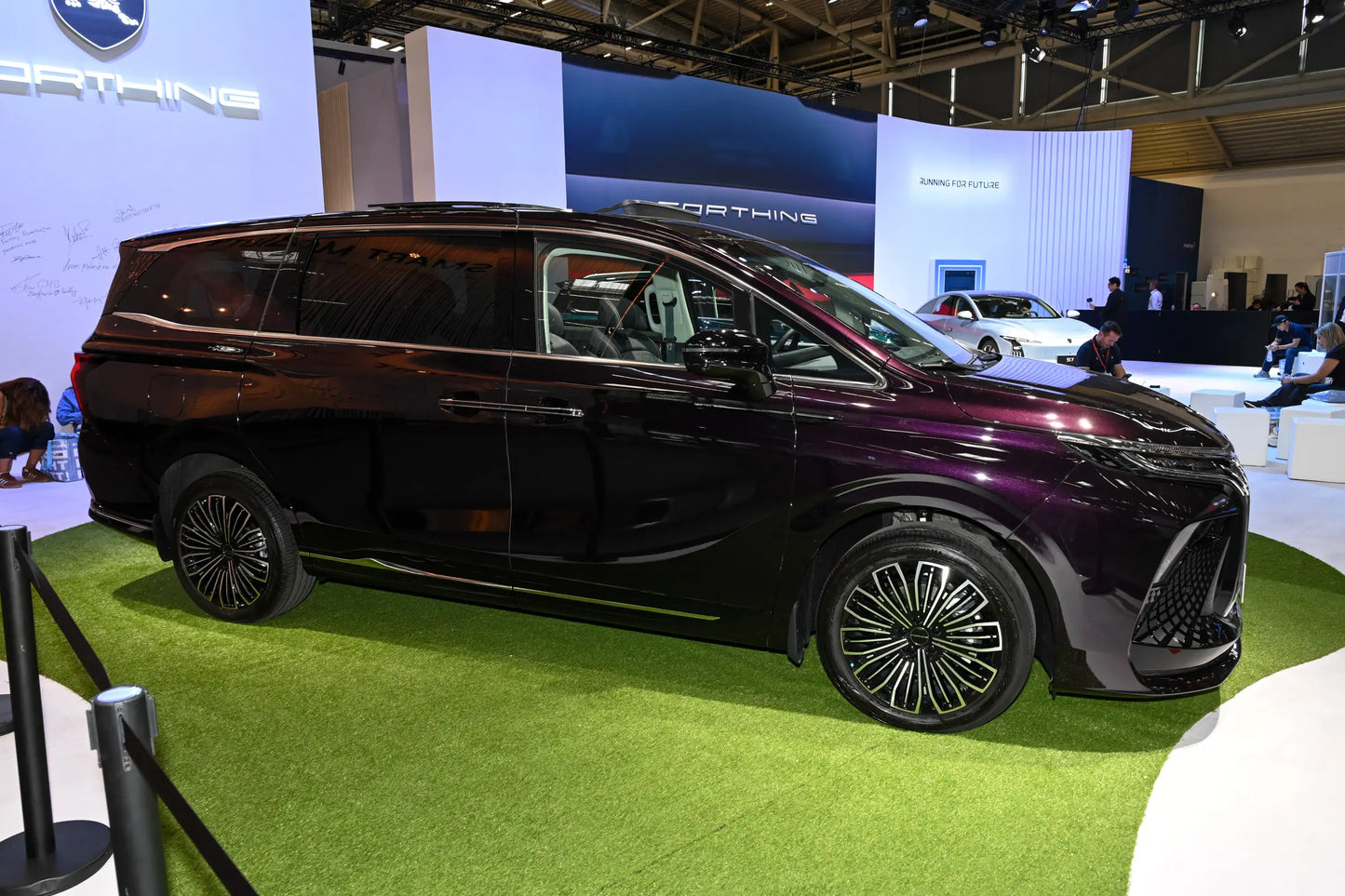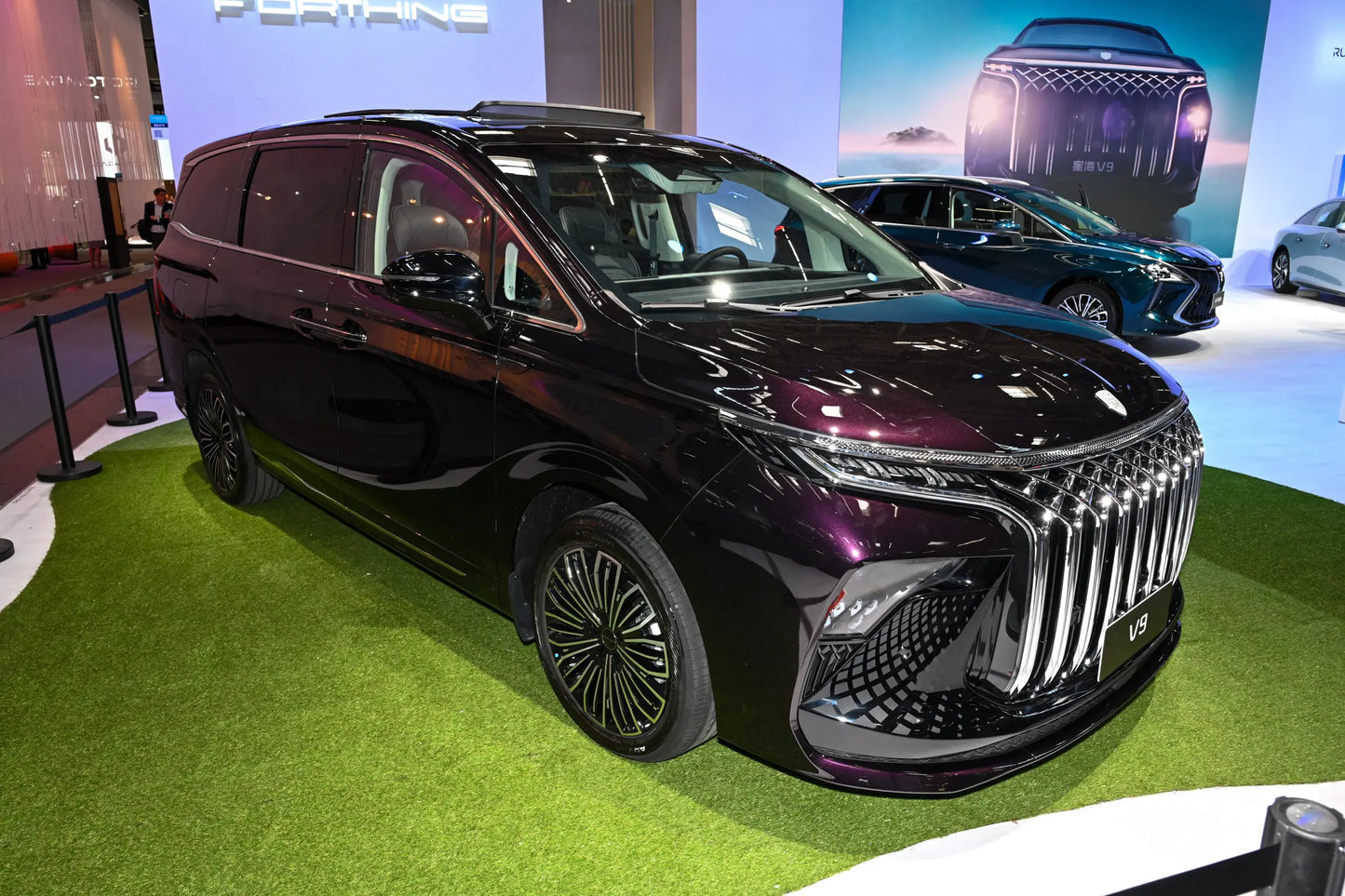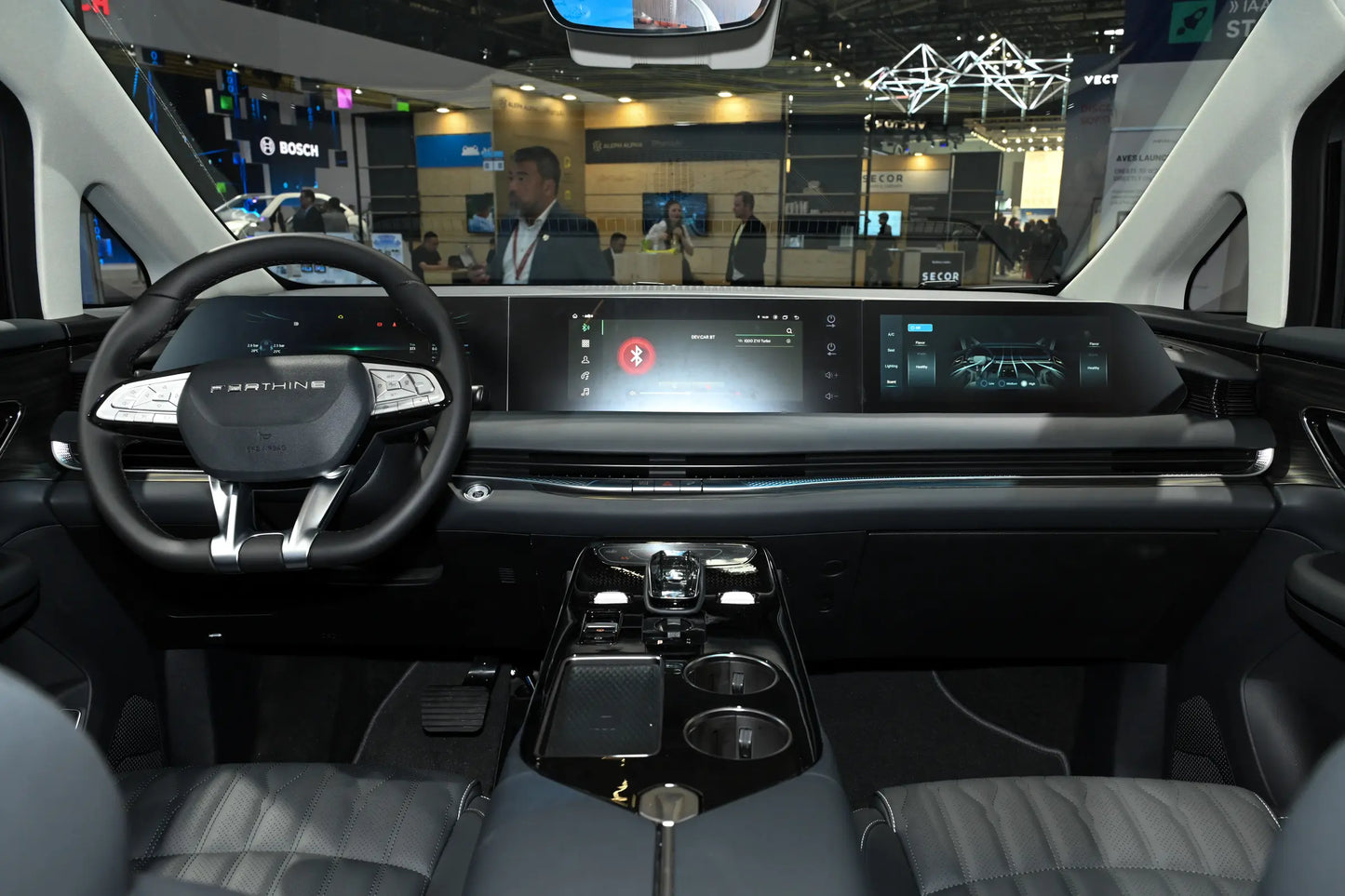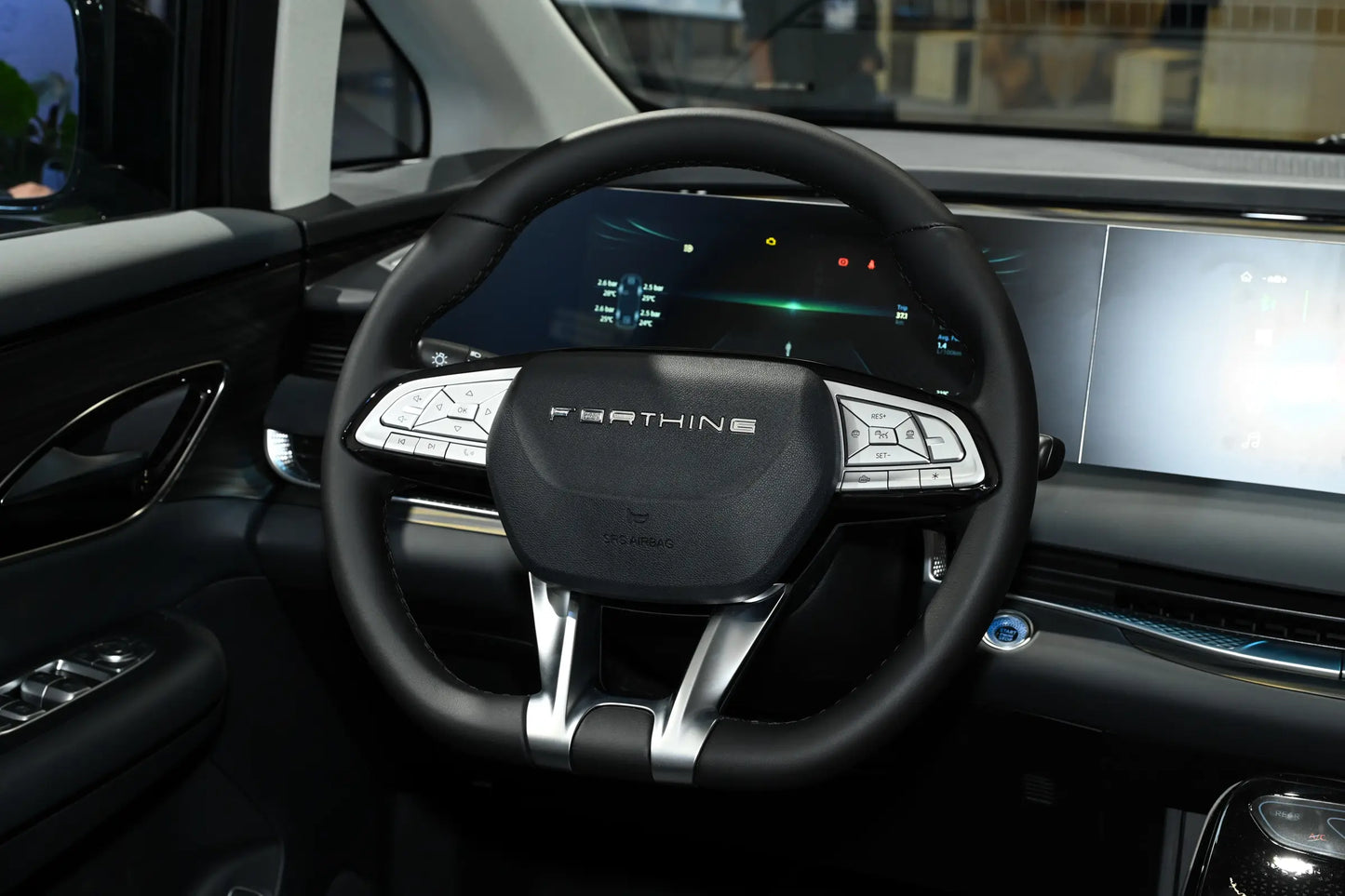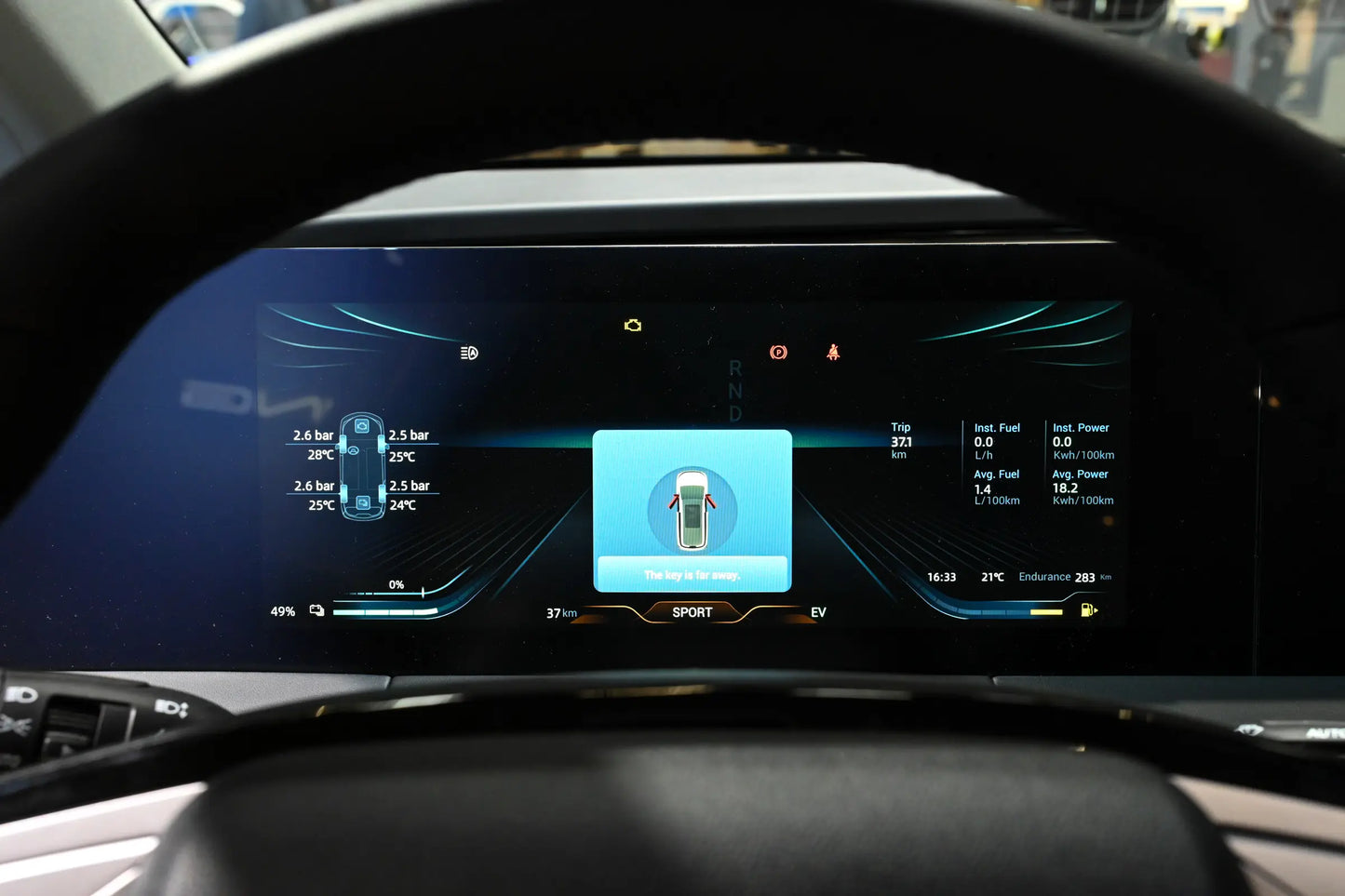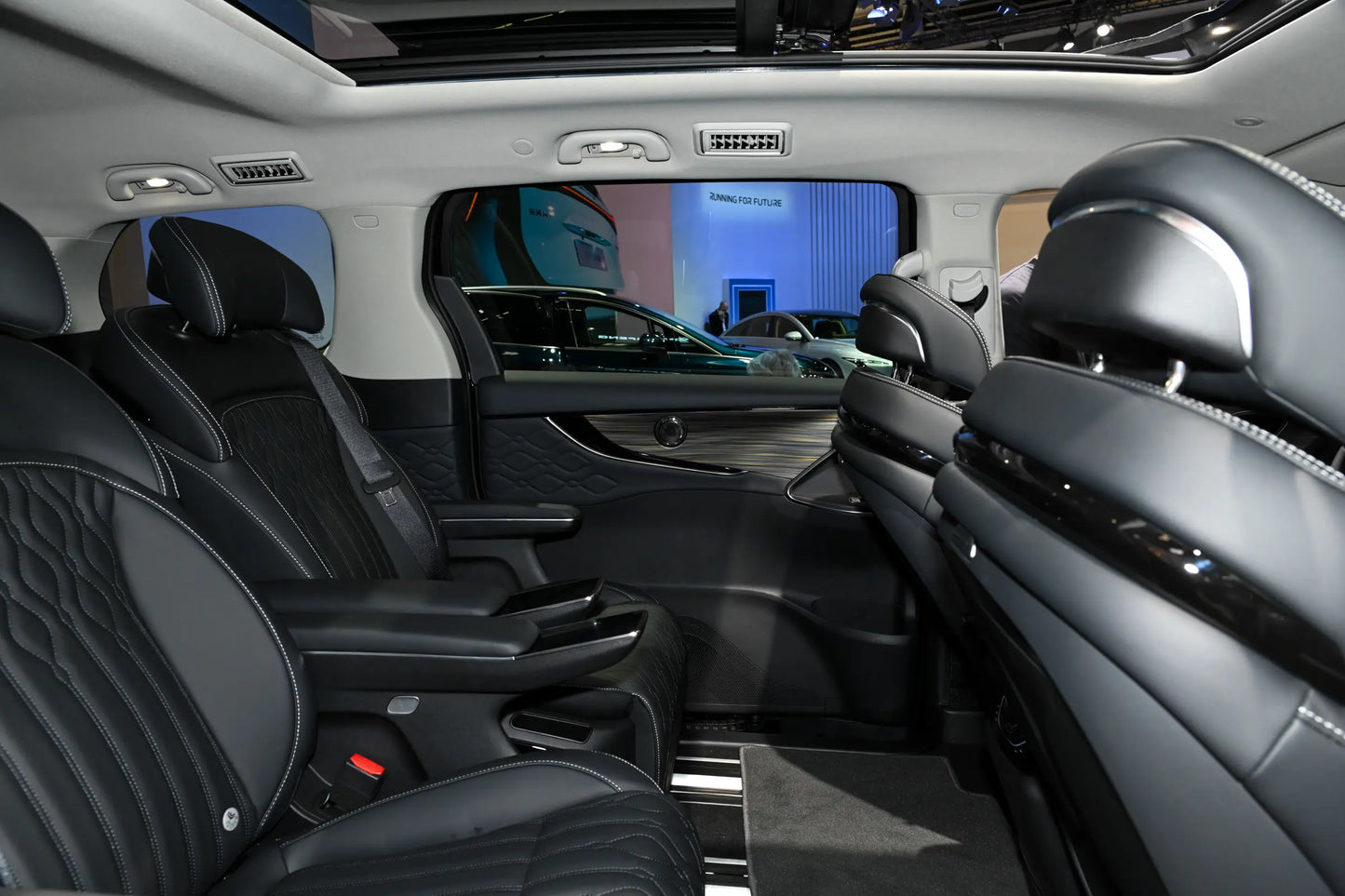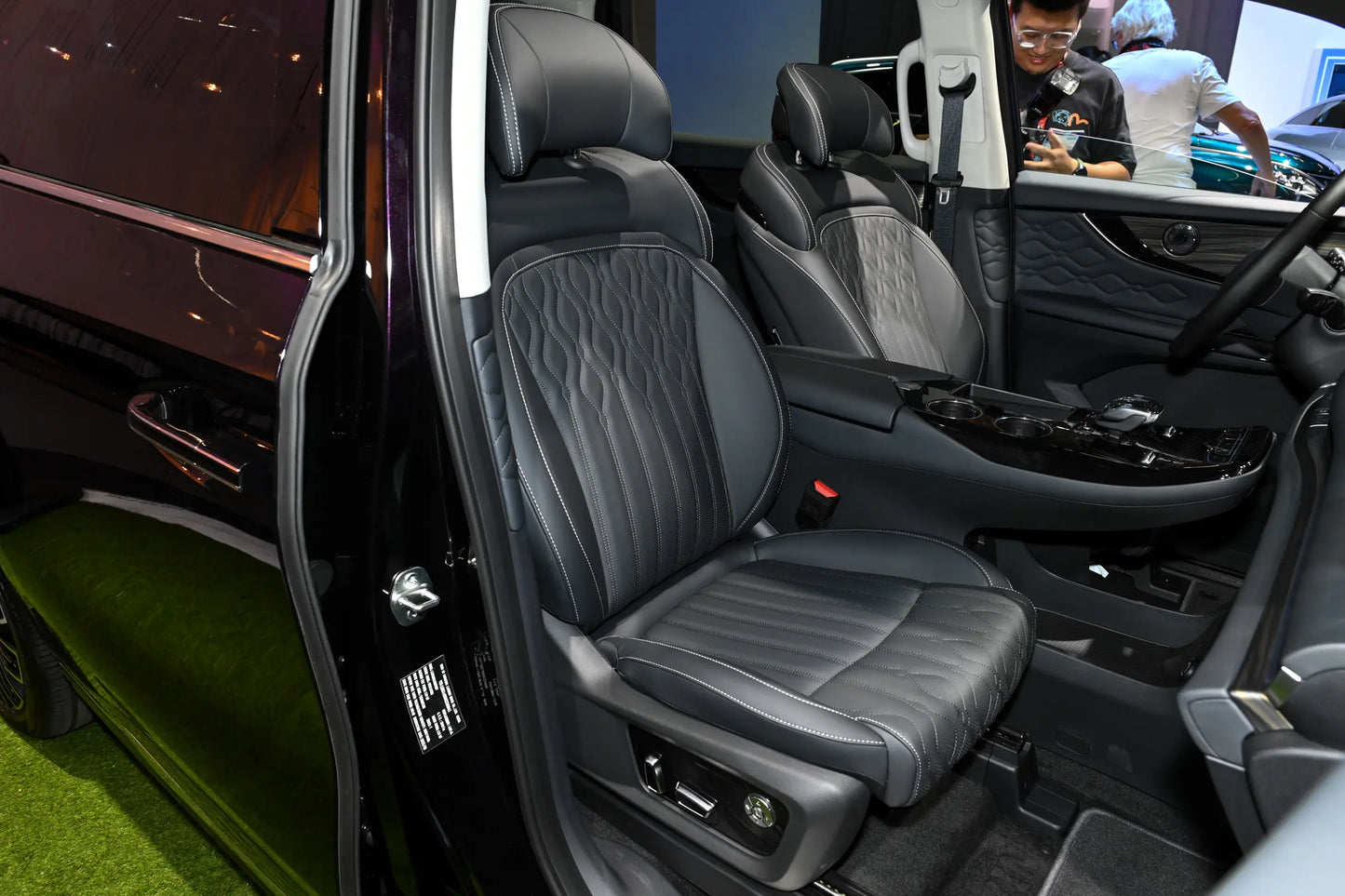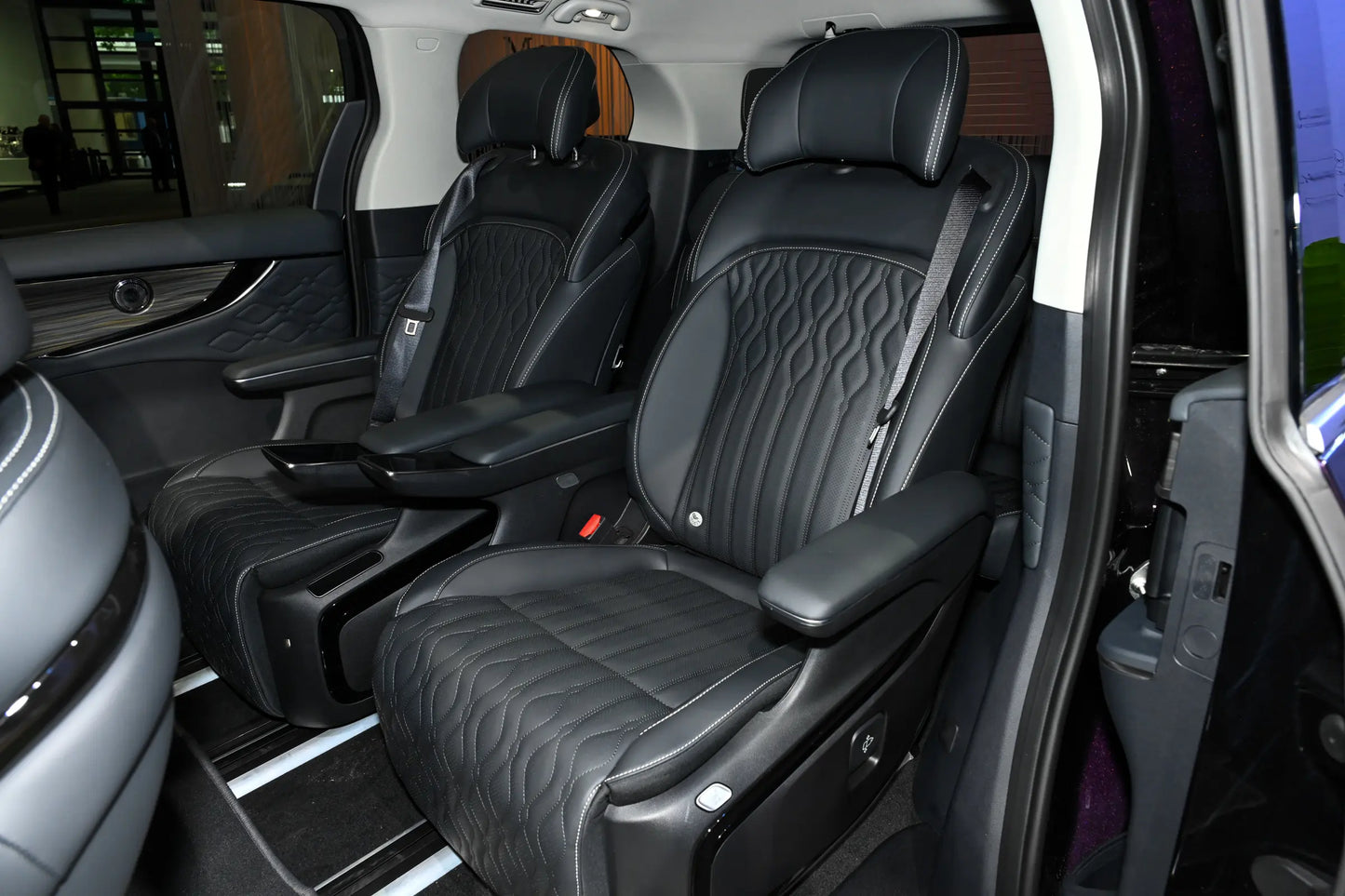I used to own a Maxus. I looked at a bunch of models: the N9, E9, Super Hybrid 9, Jianghuai 9, Dreamer 9—you name it. I almost settled on the Super Hybrid 9, and Maxus even offered a same-brand trade-in allowance. But the V9 came out the latest, so I waited, and ultimately chose it because the rear seats can fold flat. That feature is also available in the E8, Odyssey, Sienna, Granvia, and Eliseon. My daughter has tutoring classes, and I have to wait in the car for two or three hours. It gets hot in summer and cold in winter, so I decided to get a plug-in hybrid with a large battery—it’s like a mobile air-conditioned room. The V9 was the only one that had both fold-flat rear seats and plug-in hybrid capability. If plug-in hybrid wasn’t a consideration, I’d still be driving the Maxus.
The dealership I went to said they just got the Fengxing franchise at the end of June. I test-drove it on July 25 and ordered it right after. The wait was a bit long—I picked it up on August 15. I finished all the paperwork and got the license plate in one day, and the next day I took my two excited daughters on a trip. Let me talk about the car:
1. When the speed exceeds 120 km/h, the engine drives directly without the motor, and there’s a slight vibration. It’s not obvious—passengers in the back can’t feel it, but the driver and front passenger can. It might be related to the break-in period. Since it’s a new car, I didn’t care too much and still drove it up to 130 km/h.
2. Every time I start the car, I have to log in to my Fengxing account again. The 4S shop said it’s for privacy protection. Later, I found out that it logs in automatically if Bluetooth is turned on.
3. This light-colored interior really isn’t stain-resistant.
4. There’s almost no peculiar smell in the car. Even with the kids sleeping in the new car, they didn’t feel any discomfort—the materials are eco-friendly!
5. The car drives steadily and feels solid. On the way to Yantai, it was pouring rain—like buckets of water falling—and I didn’t slow down. I went through several puddles on the highway at 120 km/h, and it didn’t drift or晃动 at all; it stayed very stable.
6. A car is meant to be driven. I use the air conditioning whenever I need it, accelerate when I want, and keep the AC on whenever someone’s in the car—comfort first. So far, I’ve driven 3,000 kilometers, and I calculated the average cost is 0.4 yuan per kilometer. This trip was for travel, but if I used it daily around home, I think it would only cost about 0.2 yuan per kilometer.
Nothing is perfect. As long as it meets your needs, that’s enough. Buying the V9 was the right choice.










